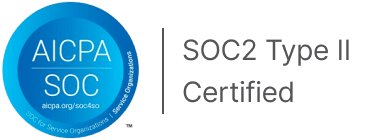Currently Banned Ships from the Paris Memorandum of Understanding region
This page provides a list of ships that are currently banned from operating in the Paris Memorandum of Understanding (MOU) region. These vessels have been identified due to serious safety or environmental concerns.
Mitigate risk with our comprehensive screening solutions for your AML and sanctions compliance.
155 Entities in Currently Banned Ships from the Paris Memorandum of Understanding region
| Entity Name | Entity Type | Effective Date | Status |
|---|---|---|---|
ARINA 1 | Vessel | Jan 26, 2024 | inactive |
SORMOVSKIY54 | Vessel | Jan 20, 2017 | active |
LITTLE WIND | Vessel | Jul 15, 2018 | active |
SULOY | Vessel | Feb 24, 2000 | active |
ZAIN | Vessel | May 11, 2014 | active |
SEFORA | Vessel | Oct 10, 2022 | active |
STREAMLINE | Vessel | May 6, 2018 | active |
VOLGODON 5066 | Vessel | Feb 2, 2019 | active |
MILTON | Vessel | Jun 3, 2017 | active |
TRADER | Vessel | Oct 3, 2016 | active |
FAQs
Why is compliance with the Currently Banned Ships from the Paris Memorandum of Understanding region?
Complying with the list of currently banned ships by the Paris Maritime Safety Agency is essential for maintaining maritime safety and environmental protection. These bans are implemented to prevent the use of vessels that do not meet stringent safety and regulatory standards, which could pose risks to crew, cargo, and marine ecosystems. Adhering to these sanctions not only safeguards human life and property but also ensures compliance with international shipping regulations, fostering responsible practices within the maritime industry.
Which companies should comply with Currently Banned Ships from the Paris Memorandum of Understanding region?
The category "Current Detained Ships" by the Paris Maritime Safety Agency primarily impacts shipping companies, maritime operators, and vessel owners. These entities must comply to ensure safety standards, protect the marine environment, and avoid legal repercussions. Compliance helps maintain their operational reputation, reduces liability risks, and promotes adherence to international maritime regulations, ultimately fostering safer seas for all stakeholders.
APIs
Data License
Solutions
Pricing
















